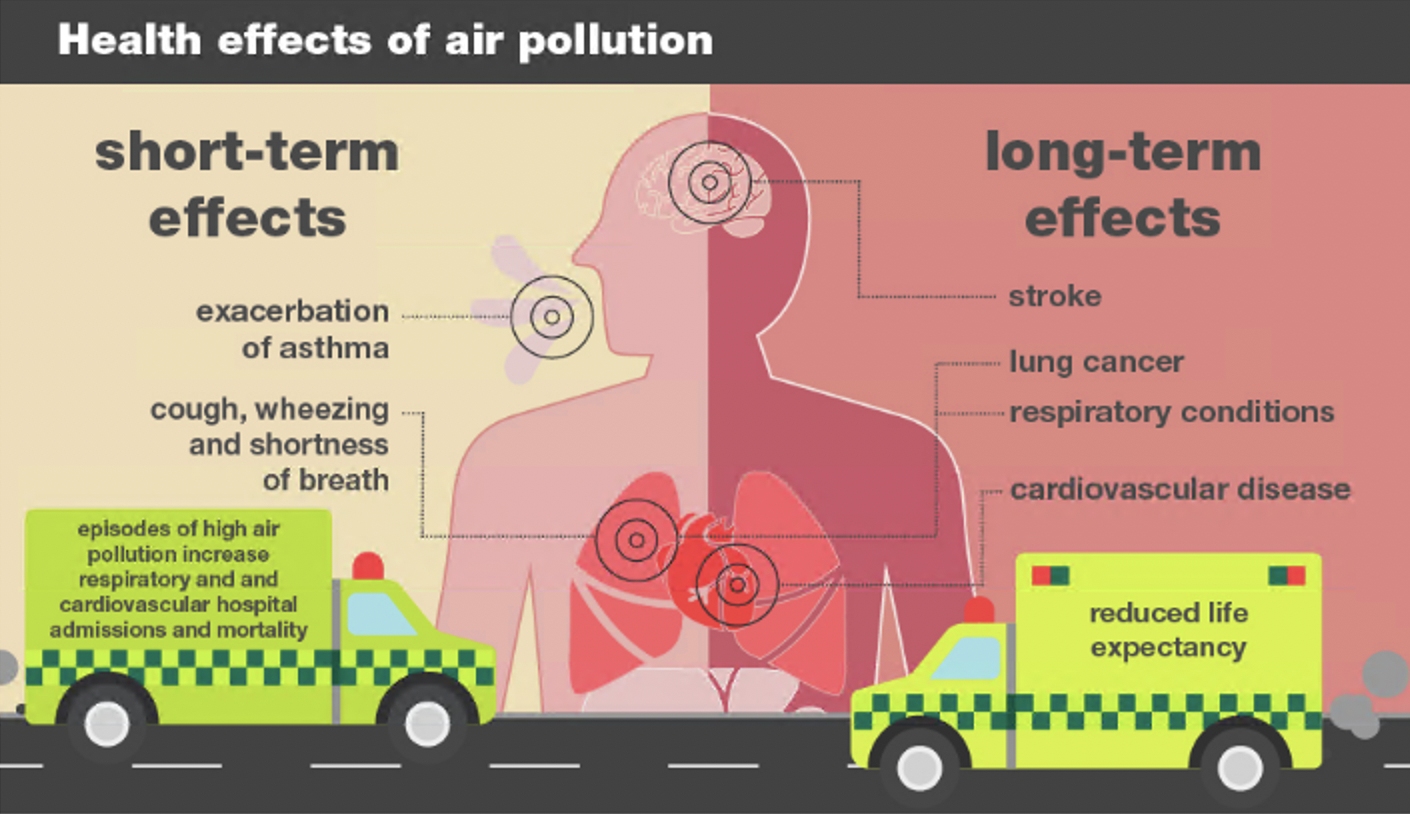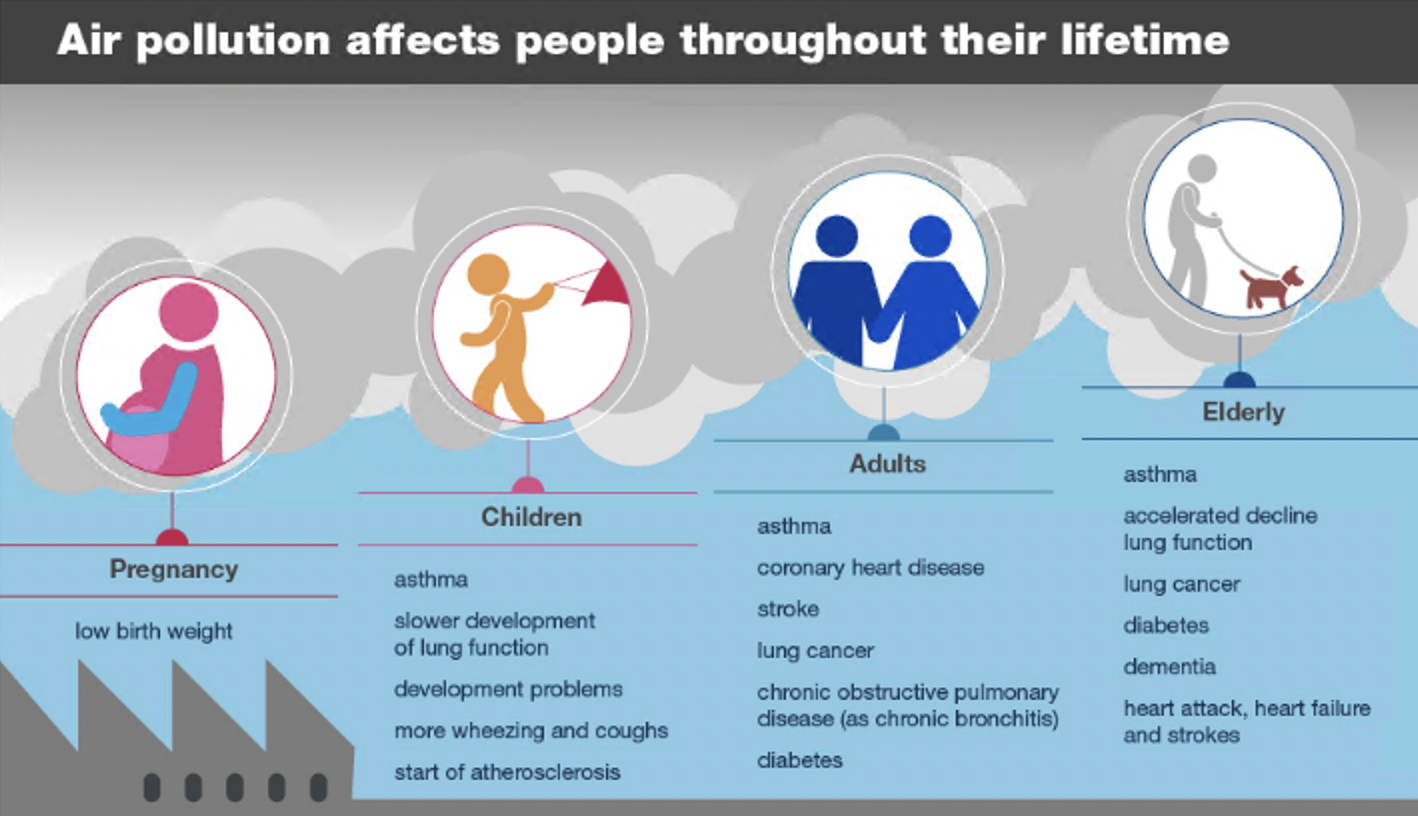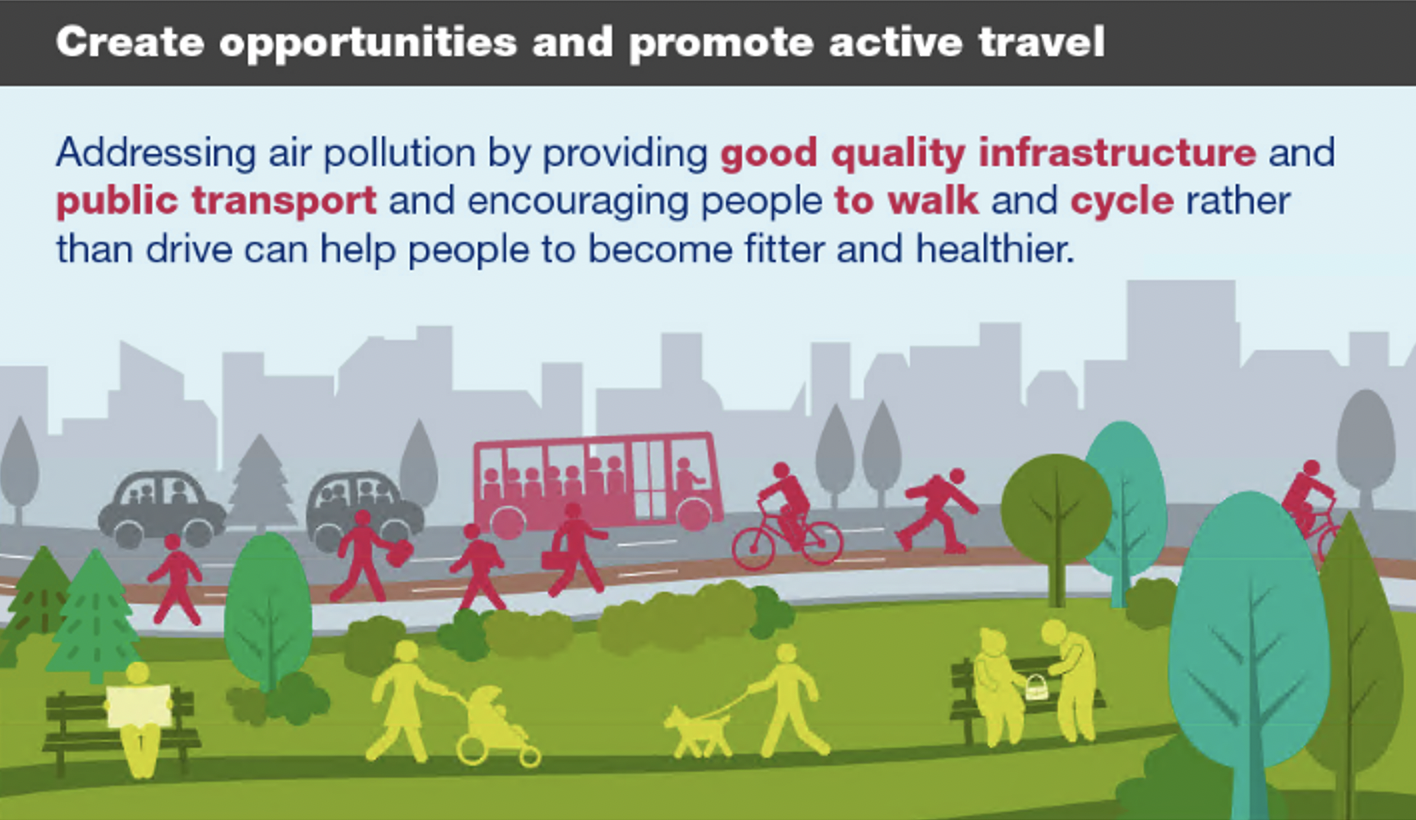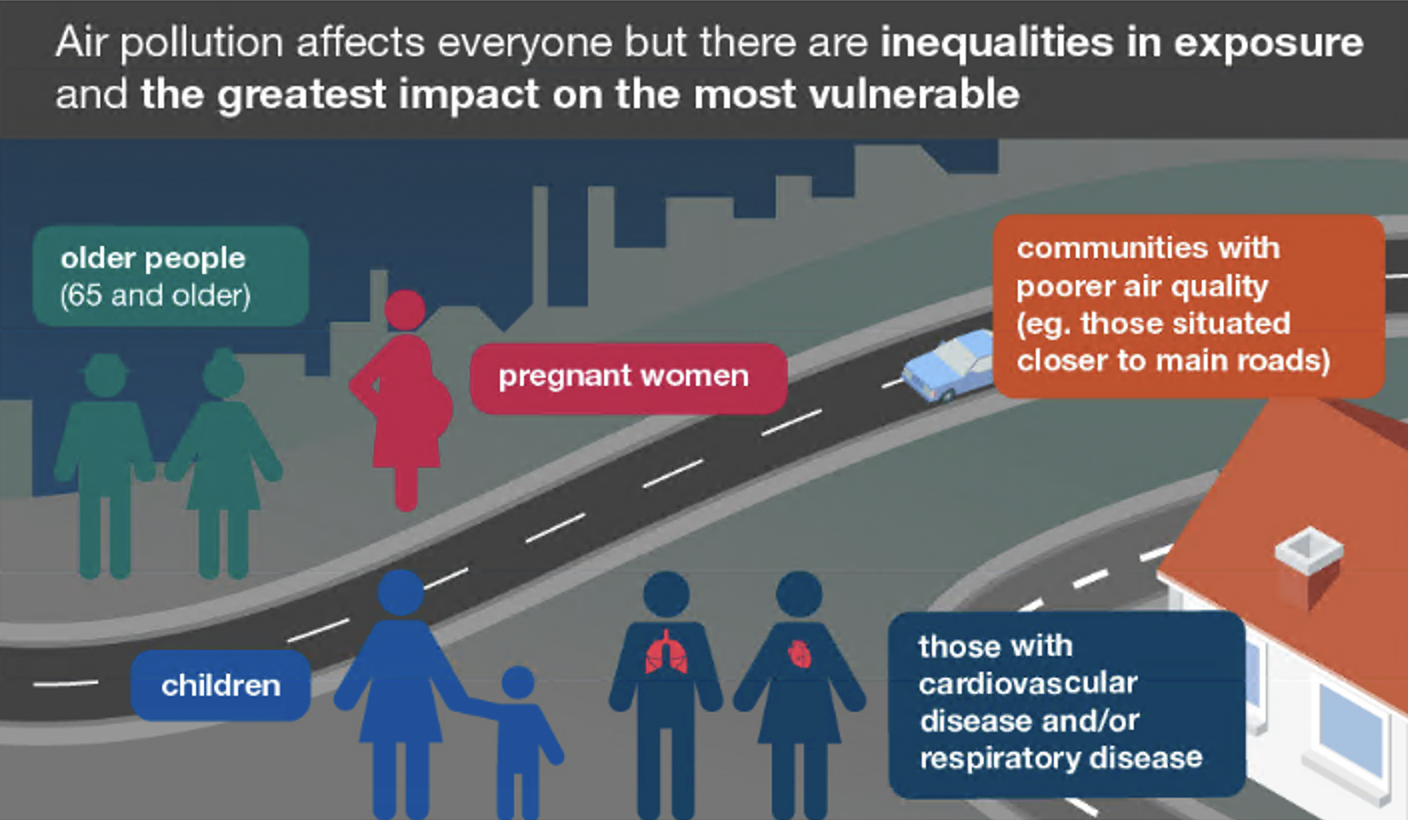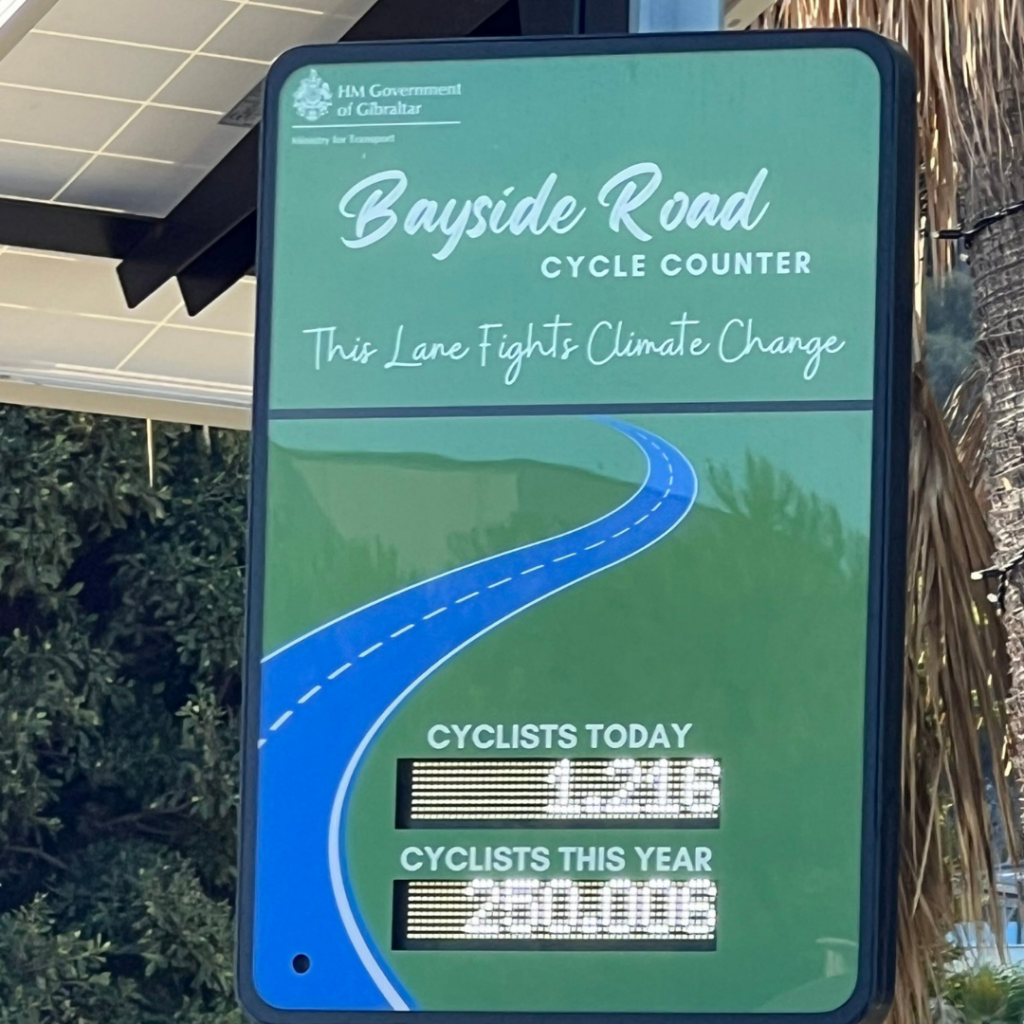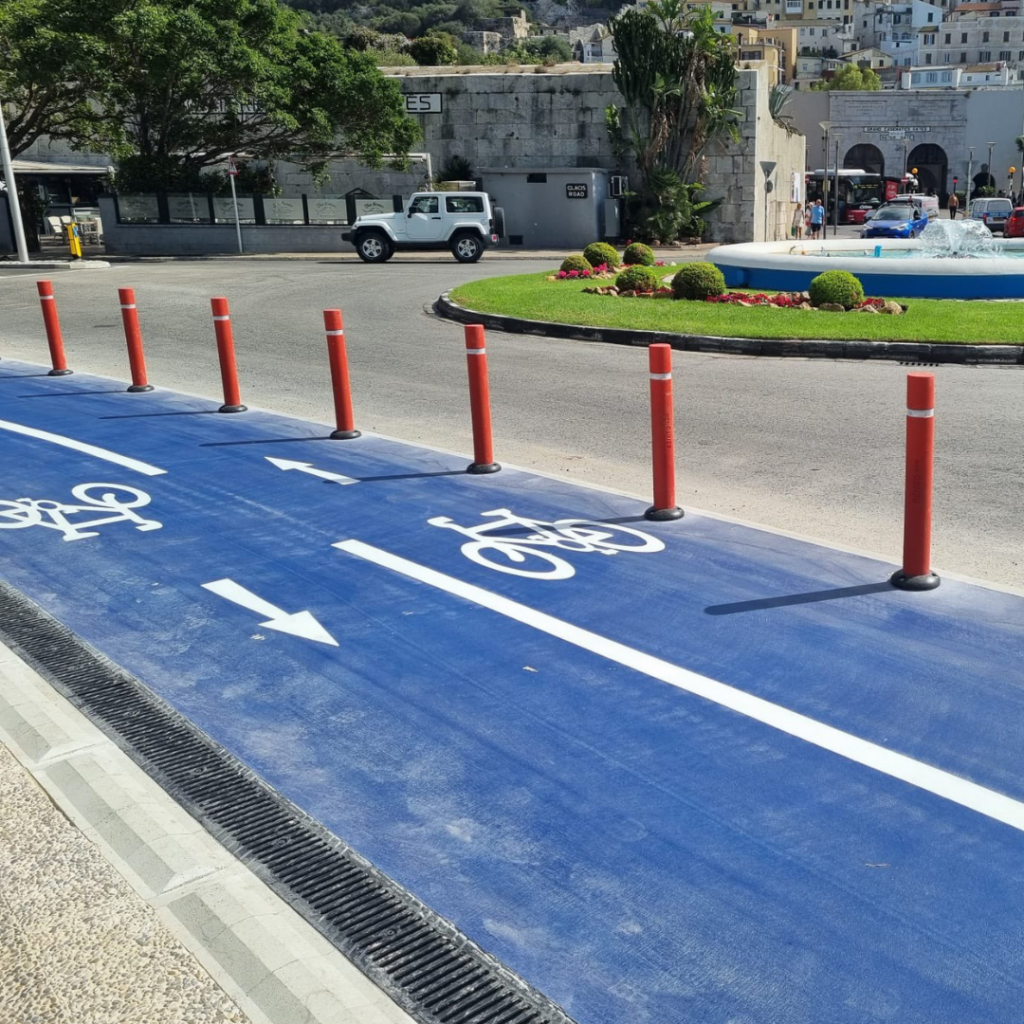Blue and green spaces
Human health is affected by the surrounding environment in various complex ways. Research is revealing more about the links between human health and the quality of the environment.
From a public health perspective, urban blue and green spaces are important landscapes that can mitigate health risks such as air and noise pollution, whilst promoting healthy behaviours (Bruckner et al, 2022). Green and blue spaces are areas that bring nature into urban spaces, such as parks, trees, gardens, ponds, and coastal water. Living near green spaces is associated with improved general physical and mental health outcomes. Research has found that exposure to green spaces is linked to a lower heart rate, lower blood pressure, lower cholesterol, and reduced incidence of stroke, asthma, diabetes, coronary heart disease and obesity (Marques da Costa & Kallay, 2020).
Natural assets and resources
Figures : 1-4 Flora & Fauna throughout Gibraltar
Climate Change
Climate change is the single biggest health threat facing humanity.The Intergovernmental Panel on Climate Change (IPCC) has concluded that to avert health impacts and prevent millions of climate change-related deaths, the world must limit temperature rise to 1.5°C. Climate change affects health in a myriad of ways including through cardiovascular disease, respiratory disease, vector-borne disease, and extreme weather events.
Exposure to heat poses an increased health threat to vulnerable populations such as the young, people suffering from chronic and long-term conditions, and the elderly. High temperatures pose a threat to health either directly, by causing dehydration or heatstroke or indirectly by impacting cardiorespiratory diseases, kidney diseases or electrolyte disorders.
Exposure to increased temperatures is associated with increased cardiovascular mortality. Research has estimated that 61,672 excess deaths were attributed to rising temperatures in Europe during the summer of 2022 (Ballester et al., 2023).
Air Pollution & Health
Figure 5-8 : 5. Health effects of air pollution. 6: Impact of air pollution across life span. 7: Promoting active transport. 8: Air pollution and inequalities. Source Public Health England.
Air Quality in Gibraltar
Air quality in Gibraltar is monitored by the UK firm Ricardo, who are responsible for maintaining various monitoring stations across Gibraltar in locations including:
- Devils Tower Road
- Governor’s Lane
- Harbour Views Road
- North Mole Road
- Rosia Road
- Bleak House
The data available refers to 2022 readings and is compared to the World Health Organisation’s recommendation’s on Air Quality. It is important to note that this section is comparing air quality to World Health Organisation guidelines which are stricter than EU limits on air pollution.
Major air pollutants affecting health
Exposure to various toxins can have an adverse impact on health. Pollutants with the strongest evidence for public health concern include particulate matter (PM), carbon monoxide (CO), Ozone (03), Nitrogen Dioxide (NO2) and Sulphur Dioxide (SO2).
Figure 9: Air Quality Data for Gibraltar 2022. Adapted from Ricardo.
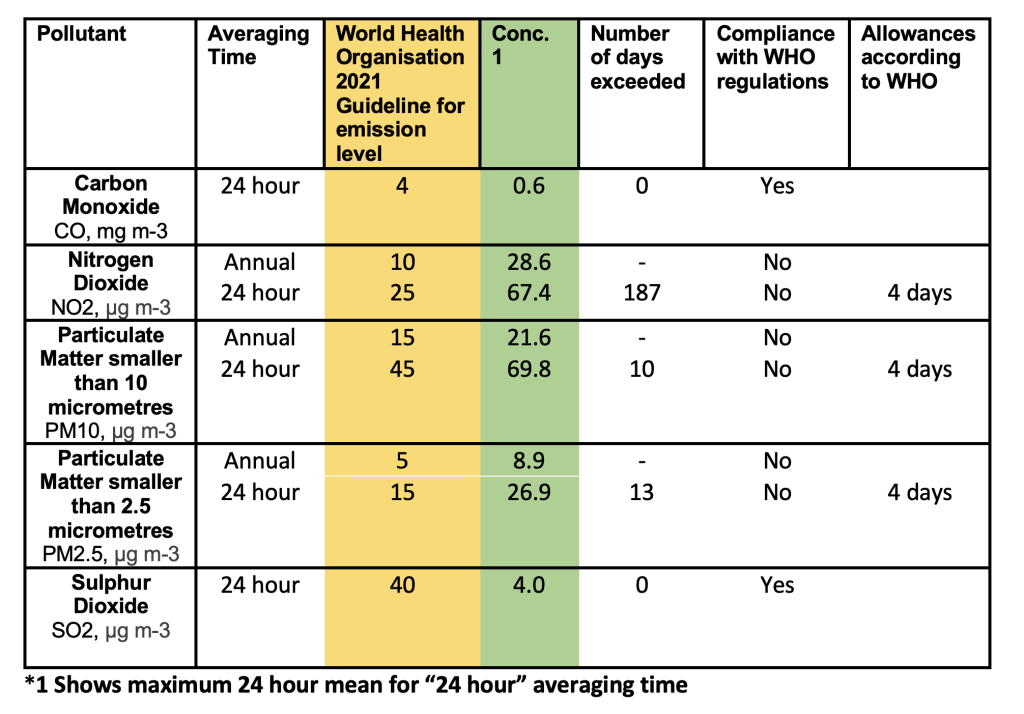
Particulate Matter (PM)
Particulate matter size can be separated into three main groups: PM10, PM2.5 and PM0.1. These particle sizes differ in their effects on health.
Fine particles are composed of a various materials which come from a wide range of sources including :
- Combustion sources (mainly from road traffic).
- Secondary particles, mainly sulphate and nitrate formed by chemical reactions in the atmosphere.
- Coarse particles such as soils and dusts, sea salt, biological particles and particles from construction work.
Fine particles are of greatest concern in terms of their health impacts as these particles can be carried deep into the lungs where they can cause inflammation and a worsening of respiratory and cardiovascular diseases. Additionally, fine particles can carry carcinogenic compounds into the lungs.
Current WHO guidelines state that Particulate Matter smaller than 10 micrometres (PM10) should not exceed more than 45 μg/m3 averaged over a 24-hour period. Gibraltar’s PM10 readings have exceeded this recommendation, with a maximum 24 hour mean for “24 hour” averaging time of 69.8 μg/m3. The WHO allows for maximum exceedances on 4 days of the year, Gibraltar exceeded readings for PM10 on 10 days.
Current WHO guidelines state that Particulate Matter smaller than 2.5 micrometres (PM2.5) should not exceed more than 15 μg/m3 averaged over a 24-hour period. Gibraltar’s PM2.5 readings have exceeded this recommendation, with a maximum 24 hour mean for “24 hour” averaging time of 26.9 μg/m3. The WHO allows for maximum exceedances on 4 days of the year, Gibraltar exceeded readings for PM2.5 on 13 days.
Carbon Monoxide (CO)
Carbon monoxide (CO) is a colourless and odourless gas which is mainly produced by petrol engine road traffic. CO negatively impacts health as it prevents the normal transportation of oxygen by the blood. This can lead to a reduction in the oxygen supply to the heart muscle, which can be of particular concern to people suffering from heart disease.
Current WHO guidelines state that Carbon Monoxide should not exceed more than 4 mg/m3 averaged over a 24-hour period. Gibraltar’s Carbon monoxide readings have remained within the World Health Organisation’s guidelines for emission levels.
Ozone (O3)
Ground-level ozone comes from pollution emitted from cars, power plants, industrial boilers, refineries, and chemical plants. Ozone irritates the airways and increases the symptoms of those suffering from asthma and lung diseases.
Nitrogen Dioxide (NO2)
The main source of nitrogen dioxide resulting from human activities is the combustion of fossil fuels. Elevated levels of Nitrogen Dioxide causes damage to the human respiratory tract and increases vulnerability to, and severity of, respiratory infections and asthma.
Current WHO guidelines state that Nitrogen Dioxide should not exceed more than 25 μg/m3 averaged over a 24-hour period. Gibraltar’s Nitrogen Dioxide readings have exceeded this recommendation, with a maximum 24 hour mean for “24 hour” averaging time of 67.4 μg/m3. The WHO allows for maximum exceedances on 4 days of the year, Gibraltar exceeded readings for Nitrogen Dioxide on 187 days.
Sulphur Dioxide (SO2)
In Gibraltar, the main source of Sulphur Dioxide found in our atmosphere is a result of the power station and shipping burning fuel oils. Sulphur dioxide negatively impacts lung function in asthmatics, with sufferers may requiring medical intervention at high concentrations.
Current WHO guidelines state that Sulphur Dioxide should not exceed more than 40 μg/m3 averaged over a 24-hour period. Gibraltar’s Sulphur Dioxide readings have remained within the World Health Organisation’s guidelines for emission levels.
Active transport
Physical activity, such as walking and cycling, has numerous health benefits. The World Health Organisation recommends that adults should do at least 150-300 minutes of moderate intensity aerobic physical activity a week.
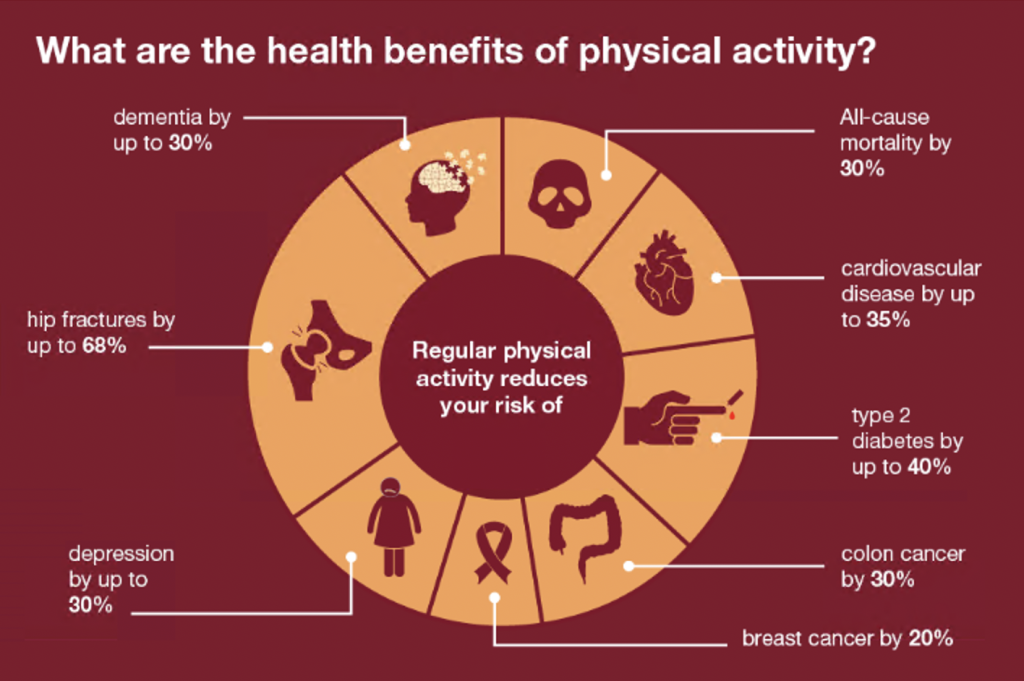
Figure 10: Health benefits of physical activity. Source Public Health England.
Further guidance on physical activity can be found here : https://www.nhs.uk/live-well/exercise/exercise-guidelines/physical-activity-guidelines-for-adults-aged-19-to-64/
According to the 2021 Health and Lifestyle Survey, 47.1% of Gibraltarian respondents did little or no exercise per week in their daily routine. 50.4% of respondents walk to work and only 2.2% reported cycling to work. These findings are concerning given the known benefits particularly in disease prevention, life expectancy, mental health and quality of life associated with physical activity.
Increased physical activity, as a result of active transport, has been identified by the World Health Organisation (WHO) as a “win-win”, with significant environmental and health co-benefits. Transport emissions, excluding emissions from aviation, account for around a third of emissions in Gibraltar.
Additional benefits to active transport include a reduction in noise pollution. There are various negative health outcomes associated with noise pollution, particularly associated with living in urban areas with high traffic volumes. Noise pollution can result in noise induced hearing loss and contributes to high blood pressure, heart disease, sleep disturbances and stress.
As of 15/01/2024, 500,000 trips had been recorded on the Bayside Road Bicycle & Micro-mobility lane counter since June 2023.
Gibraltar’s Active Transport Strategy is currently improving pedestrian and cycling infrastructure, making active travel a sustainable choice for health and the environment.
Recommendations & future direction of travel:
In the future, the JSNA intends to look at the effects of air quality on certain health conditions such as asthma.
Additionally, we hope to explore potential links between extremes of weather i.e high temperatures, and cardiac incidents at St. Bernard’s Hospital.
Page last reviewed : December 2023





